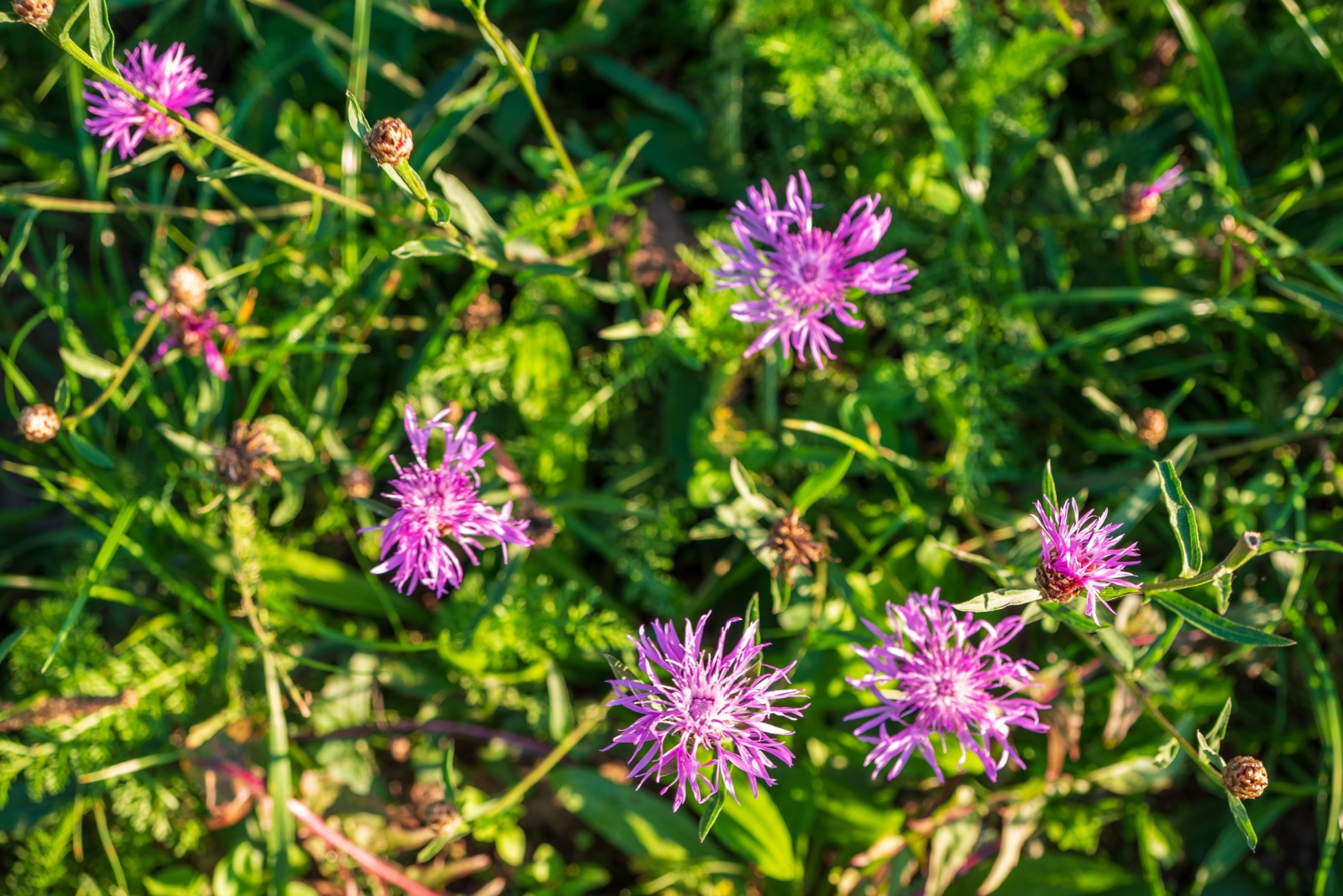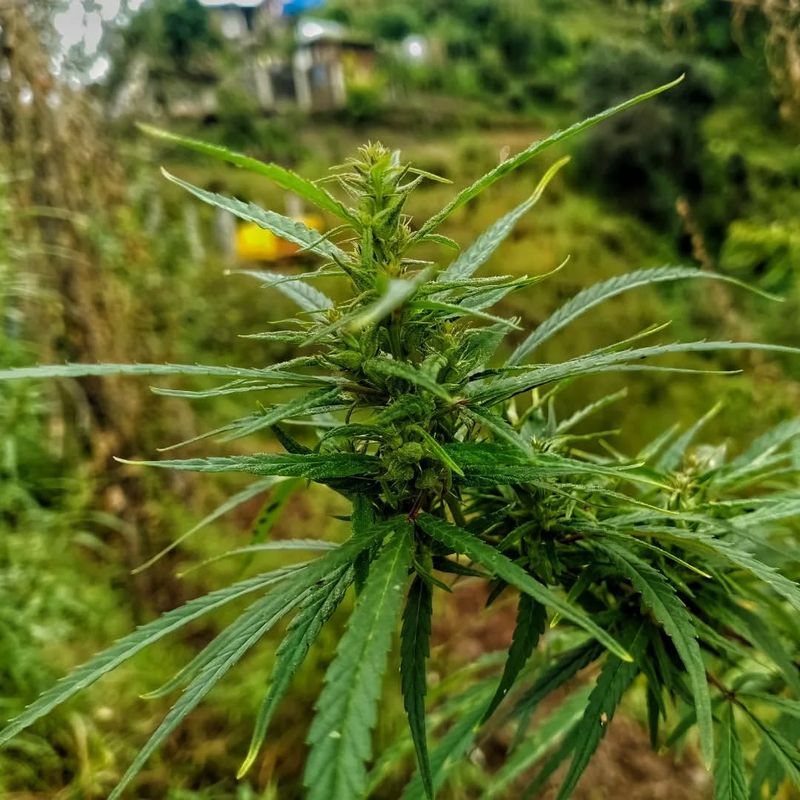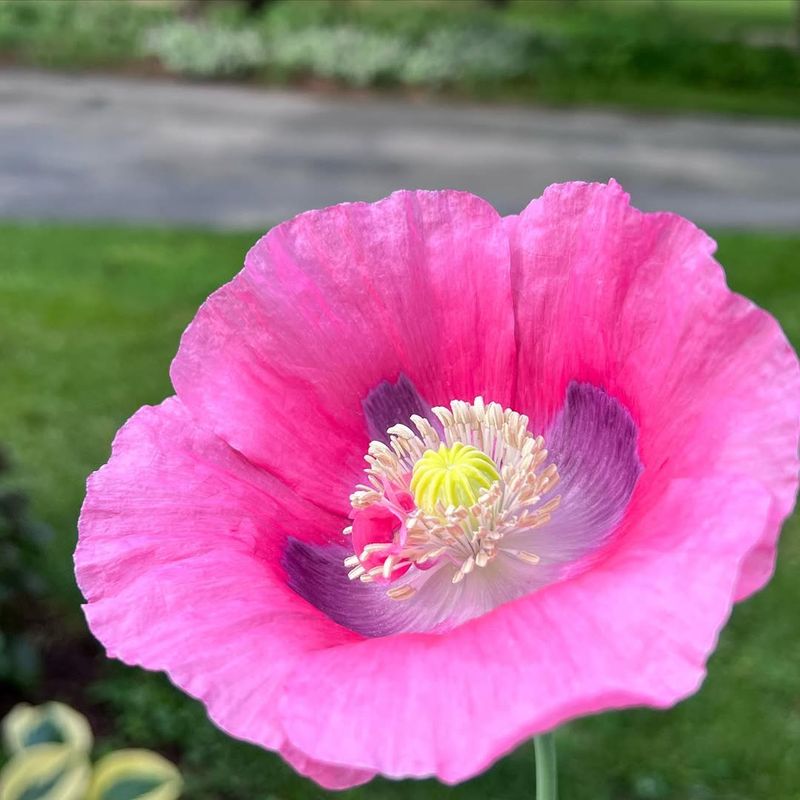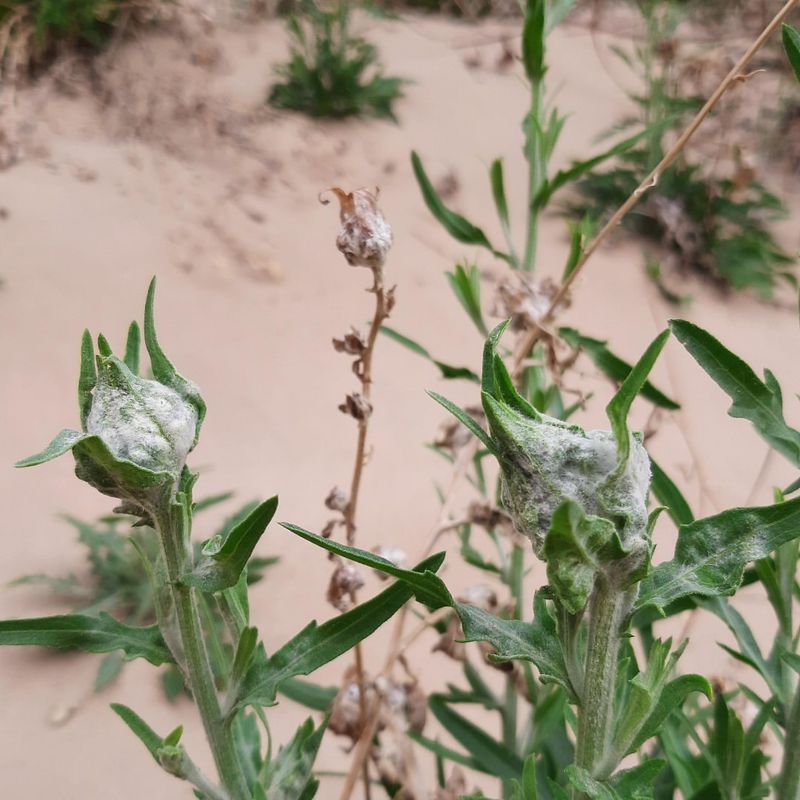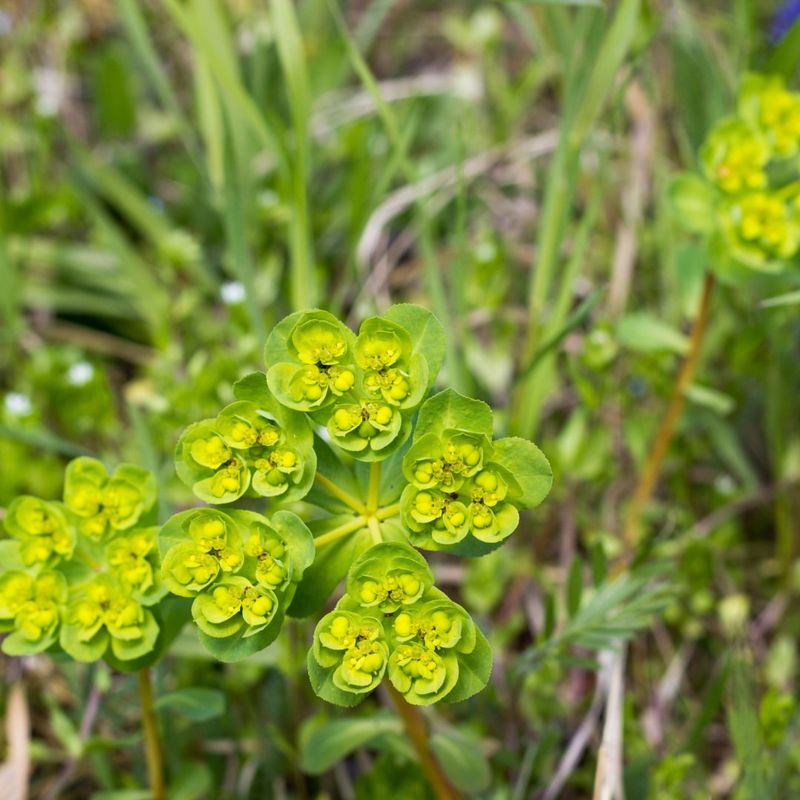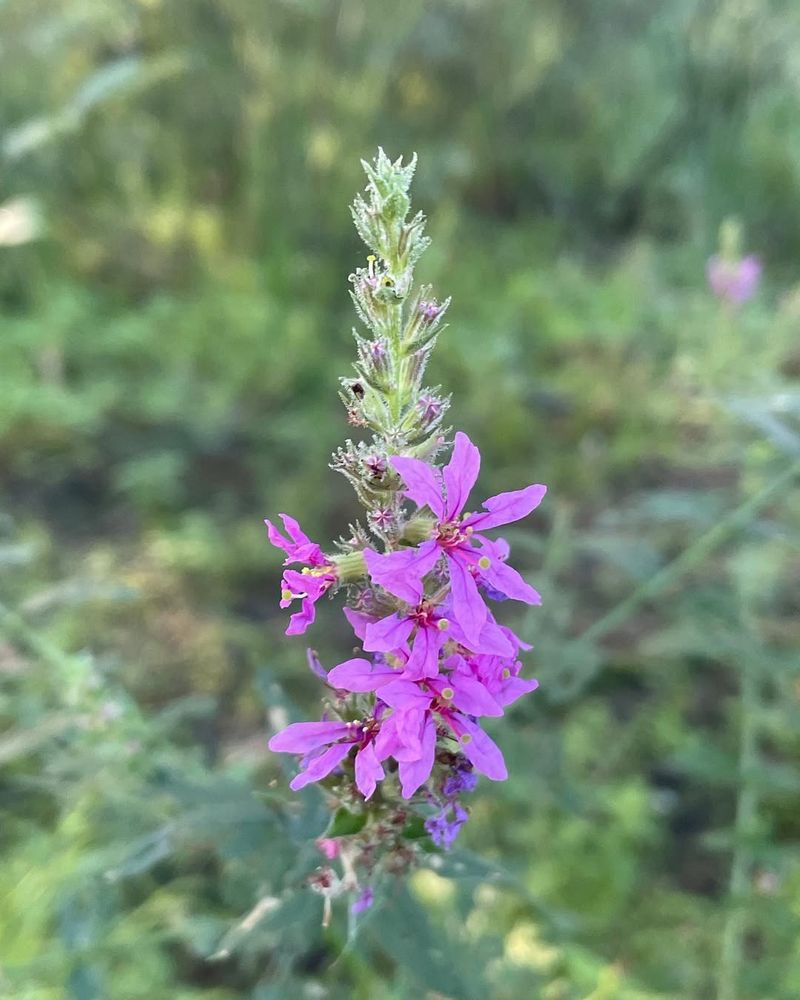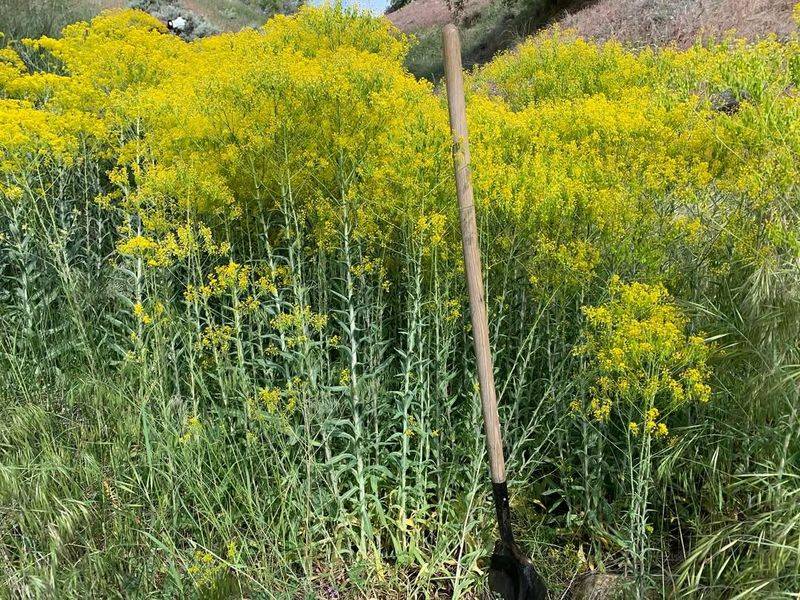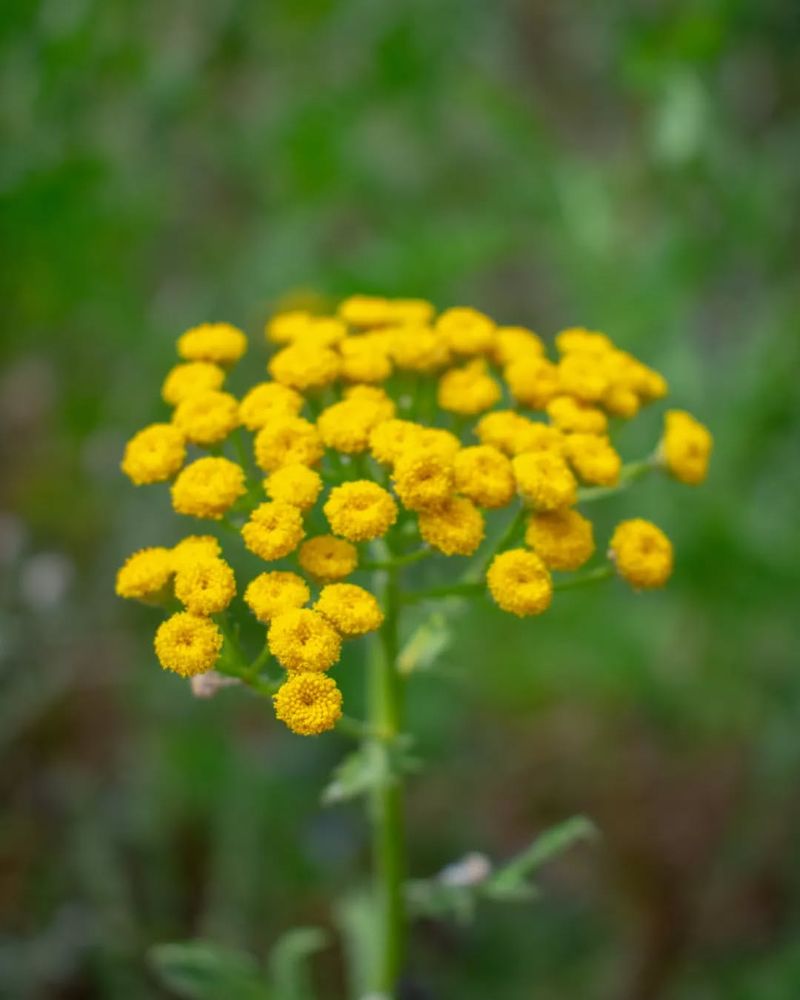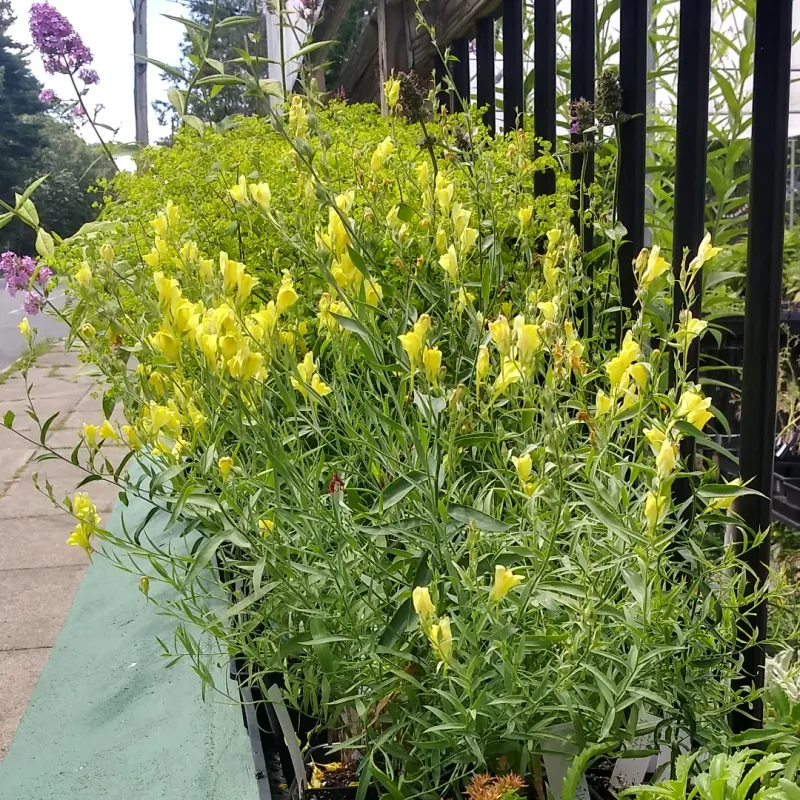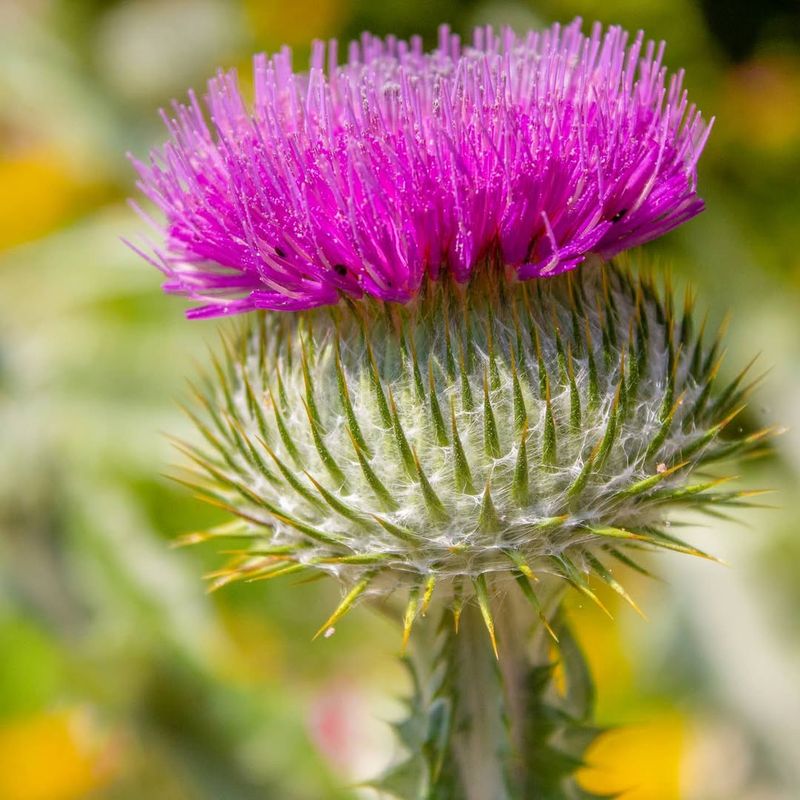Growing your own food in Montana sounds like a dream, right? Fresh vegetables, beautiful flowers, and maybe some unique plants to make your backyard stand out. But hold on—some crops that seem harmless could actually get you in serious trouble with the law.
Montana has strict rules about what you can and cannot grow, and breaking them might lead to hefty fines or worse.
1. Cannabis Without A License
Montana legalized recreational marijuana, but that doesn’t mean you can grow it freely in your backyard without following the rules. Adults over 21 can grow up to four mature plants and four seedlings per household, but only if they live far from a dispensary.
Growing more than allowed or selling without a license is illegal. Penalties include fines and possible jail time.
Always check local ordinances too, since some counties have additional restrictions that could surprise you.
2. Opium Poppies
Opium poppies might look gorgeous with their bright petals and unique seed pods, but growing them is federally illegal across the United States, including Montana. Even though you can buy poppy seeds at the grocery store for baking, cultivating the plants crosses a serious legal line.
Law enforcement doesn’t take this lightly because opium poppies produce substances used to make narcotics.
If you want beautiful poppies, stick to California poppies or other ornamental varieties that won’t land you in legal trouble.
3. Invasive Knapweed Species
Spotted knapweed and Russian knapweed might seem like pretty wildflowers, but Montana law strictly prohibits growing them. Classified as noxious weeds, they spread aggressively and destroy native plants, harming wildlife habitats and agricultural land.
Property owners are actually required to control and eliminate these plants if they appear. Ignoring infestations can lead to fines from county weed boards.
If you spot knapweed on your property, report it immediately and work on removal to avoid penalties and protect Montana’s ecosystem.
4. Leafy Spurge
Leafy spurge looks innocent enough with its yellow-green blooms, but this aggressive invader is illegal to cultivate in Montana. It spreads rapidly through seeds and deep roots, choking out native grasses that cattle and wildlife depend on for food.
Ranchers hate it because livestock won’t eat it, and it reduces land value significantly. Montana law requires landowners to destroy leafy spurge wherever it grows.
Failing to control it can result in fines and mandatory eradication efforts at your expense.
5. Purple Loosestrife
Purple loosestrife produces stunning purple flower spikes that seem perfect for wetland gardens, but Montana bans its cultivation entirely. Originally brought from Europe as an ornamental, it now invades marshes and waterways, destroying habitats for native plants and animals.
A single plant produces millions of seeds annually, making control nearly impossible once established. Montana law prohibits selling, distributing, or planting purple loosestrife.
Choose native wetland plants like wild iris instead to beautify your property legally and responsibly.
6. Dyer’s Woad
Dyer’s woad was once valued for producing blue dye, but today Montana classifies it as a prohibited noxious weed. It invades rangelands and pastures, forming dense stands that crowd out native vegetation and reduce forage for livestock.
Early settlers introduced it, but now it’s a major ecological and economic problem. Growing dyer’s woad intentionally violates state law and can result in mandatory removal and fines.
If you discover it growing wild, contact your county weed district immediately for proper eradication guidance.
7. Common Tansy
Common tansy displays cheerful yellow button-like flowers, but don’t let its appearance fool you—Montana prohibits its cultivation. Originally planted as an ornamental and medicinal herb, tansy escaped gardens and now invades pastures, roadsides, and natural areas.
It’s toxic to livestock and humans if ingested, causing serious health problems. Montana law requires property owners to control and eliminate tansy infestations.
Replace it with safe, legal herbs like chamomile or marigolds that won’t threaten your family, animals, or the environment around you.
8. Dalmatian Toadflax
Dalmatian toadflax resembles miniature snapdragons with its cheerful yellow flowers and waxy leaves, but growing it violates Montana law. Listed as a noxious weed, it spreads aggressively through seeds and roots, taking over rangelands and natural habitats.
It offers no nutritional value to wildlife or livestock and outcompetes beneficial plants. Property owners must actively control toadflax infestations or face fines from local authorities.
If you want snapdragon-like flowers, plant actual snapdragons instead—they’re legal, beautiful, and won’t cause ecological damage.
9. Scotch Thistle
Scotch thistle might look dramatic with its large purple blooms and silvery spines, but Montana strictly prohibits growing it. Classified as a noxious weed, it spreads rapidly and forms impenetrable thickets that harm native plants and make land unusable.
Its sharp spines injure livestock and wildlife, while its aggressive growth reduces crop yields and property values. Montana law mandates immediate removal if found on your property.
Opt for native thistles or cultivated varieties that won’t cause legal headaches or environmental destruction.

